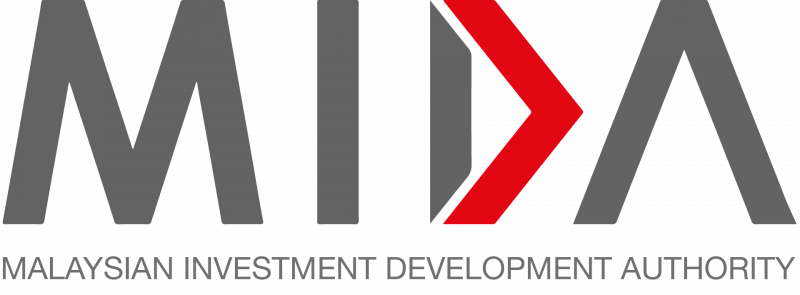According to the Malaysia Semiconductor Industry Association (MSIA), 53% of companies in the electrical and electronics (E&E) and semiconductor sectors are optimistic about their business outlook for the fourth quarter of 2024 (4Q2024).
The association’s MSIA E&E/ Semiconductor Quarterly Pulse Survey for 3Q’s outlook indicated a continued positive sentiment, although it is lower compared to the 60% optimism reported in 2Q for 3Q.
“For the next 12 months, 63% of companies expressed an optimistic outlook, a slight decline from the 72% optimism expressed in 2Q,” MSIA said in a statement on Friday.
The report stated that 52% of companies are optimistic about their investment outlook for 4Q, which represents a marginal decline from 58% in 2Q.
It was also stated that 71% of companies are hiring engineers and technicians in 4Q, reflecting strong hiring activity despite a slight reduction from the 85% hiring sentiment seen in 2Q.
The association said 46% of companies reported improved business performance in 3Q compared to 2Q, up from 39% in the previous quarter, as this signals a positive trajectory despite slightly moderated optimism across the industry.
Commenting on the 3Q survey results, MSIA president Datuk Seri Wong Siew Hai said it reflects the resilience and adaptability of Malaysia’s semiconductor industry, despite global uncertainties and emerging challenges, as companies remain committed to growth, innovation, and investment.
“To continue thriving, we must address talent shortages, enhance our infrastructure, and strengthen our competitiveness through strategic investments and government support.
“With the right policies in place, Malaysia’s E&E sector will continue to be a major contributor to our nation’s economic growth,” he said.
Meanwhile, MSIA noted that the report highlights the recommendations by respondents to the government for Budget 2025.
Respondents suggest capital expenditure (capex) rebates, grants, and funding to grow local champions, tax incentives and reductions for E&E companies, and government grants or subsidies for innovation and technology adoption.
Furthermore, they recommend the government to provide work/employment passes/permits for foreign talents, such as scientists, engineers, and data scientists, and incentives for companies to adopt digitalisation and automation in manufacturing.
Source: Bernama
53% of E&E, semicon firms optimistic on 4Q2024 biz outlook — association
Content Type:
Duration:


